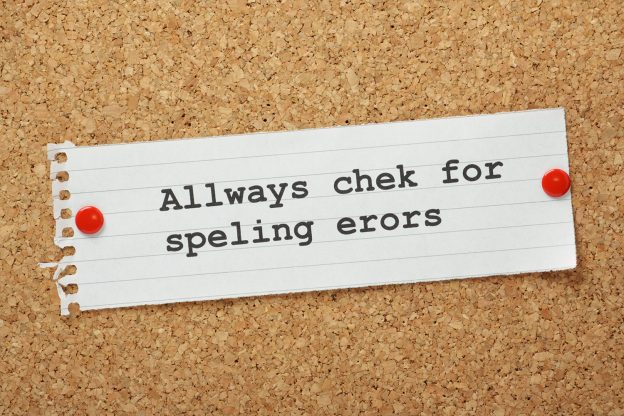So you've got a fantastic idea for your new website. Before you start talking to web developers about the project, it will be hugely beneficial to map out the steps and plan the important details. That way you'll lessen any delays or surprises along the way.
Here's a brief, whistle-stop tour of what you need to do:
1. Determine Your Market
- Get a clear understanding of your website’s potential users – why will they visit?
- Create a list of your competitors' websites
- Determine the strengths and weaknesses of their websites
- Define your organisation’s Unique Selling Points – what's special about you?
2. Set Your Goals
- Make sure the goals of the website are the same as the goals of your business. For example, are you trying to showcase your expertise? Or perhaps sell online?
- Decide on a method for defining and measuring success, for example, number of leads or orders generated by the website
3. Name Your Website
- Choose a domain name and hosting
- Consider potential misspelling issues
- Purchase your domain name(s)
4. Think About Content
- Draw up a plan of what you need to include
- Name your pages or major sections such as Contact, Services, etc.
5. Find a Web Developer
- All I can suggest here is to contact us!
6. Design Your Website
This part of the project will be carried out by your web developer, but here are some things you should keep an eye on along the way:
- Use lots of space, a harmonious colour palette and web safe fonts
- Find compelling, good quality images that correspond with your branding
- Check the loading time of your pages – if your web developer has done a good job your pages should load quickly (depending on your WiFi speed)
- Check the 'depth' of your pages. How many clicks does it take to reach any page? You want as few clicks as possible
- Check your browser compatibility - does it work on Safari as well as Chrome, for example?
- Check for broken links
- Optimise your footer area with links, terms and conditions and privacy policy (essential for GDPR compliance), and contact information
- Ensure that SEO best practise is used
- Include links and sharing to social media
7. Include 'Sticky Content'
Again, you may have appointed a professional to look after your content, or decided to take the plunge yourself. Either way, here are some tips to follow:
- Create a call to action on every page
- Use a style of writing that will appeal to your target audience
- Break text into small, easy-to-read sections separated with headings and images (remember - many people skim-read web pages)
- Include an 'About' page and testimonials to identify yourself and appear more human
- Make your contact information easy to find
8. Measure
- Set up Google Analytics to monitor and measure your traffic (again, your web developer may do this for you)
9. Update and Promote
Website up and running? Great. But there are millions of websites out there, so you can't just sit back and expect visitors to find you - although your SEO will help. Here are some tactics you should use:
- Update your website regularly. Use interesting content so people keep coming back for more
- Create an ongoing method of marketing and encouraging visitors to your website. This subject could fill another article but basically can involve writing blog posts, videos, cross-promotion with other websites, social media, newsletters, etc.









